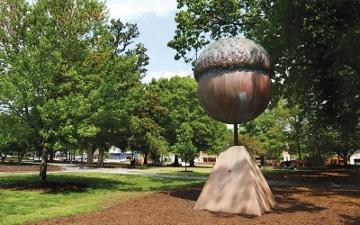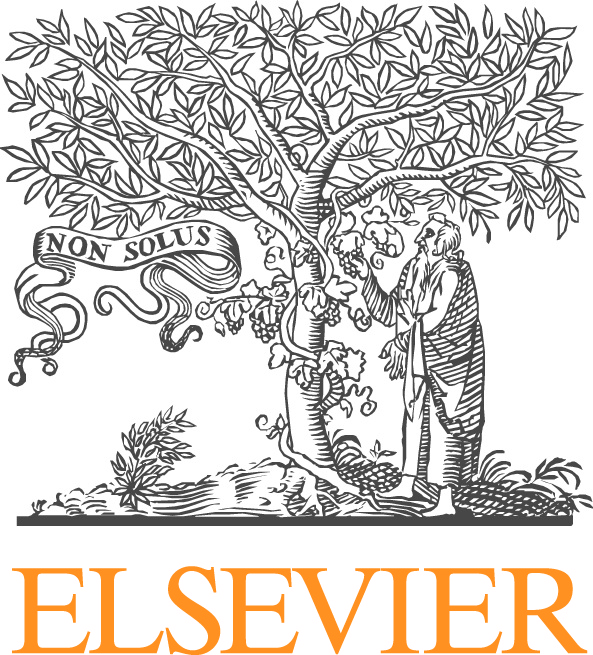
Mini-Symposium on the Material Point Method and Other Similar Particle Methods
Chen Zhen
The Material Point Method (MPM) is an extension to solid dynamics problems of a hydrodynamics code called FLIP which, in turn, evolved from the Particle-in-Cell Method. The motivation of the development was to simulate those challenging problems involving the interaction between different material phases, such as impact/contact, penetration, and perforation with history-dependent internal state variables. The essential idea is to take advantage of both the Eulerian and Lagrangian methods while avoiding the shortcomings of each. Over the past twenty years, the MPM has evolved into a robust spatial discretization method capable of handling many challenging engineering problems, such as ultra-large deformation, dynamic fracture propagation, blast/impact-resistant design, bio-nano interaction, and multi-scale and multi-physical phenomena. This mini-symposium provides a forum for the researchers and engineers working on the MPM and other similar particle methods to exchange their ideas and results.
Presentations are solicited in all the subtopics related to the MPM and other similar particle methods, which include but are not limited to the following:
• Mathematical theory and error estimation
• New techniques and improvements
• Engineering software development
• Parallel computation
• Coupling and/or adaptive analysis
• Multi-scale modeling and simulation
• Multi-physical phenomena and/or nano-bio interaction
• Modern engineering applications










